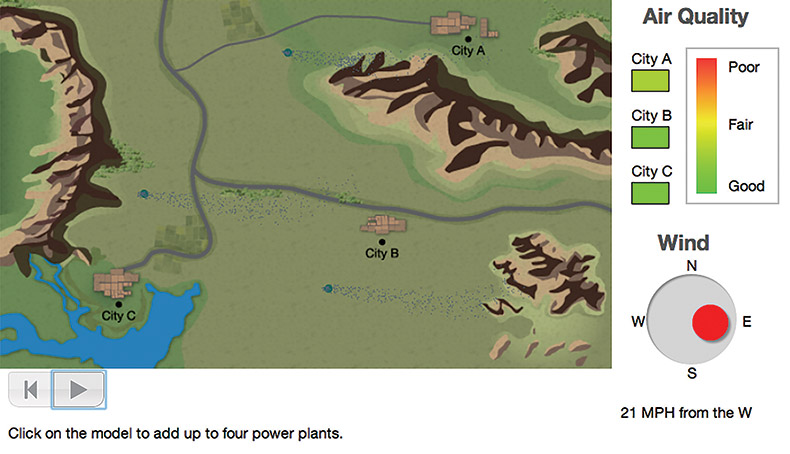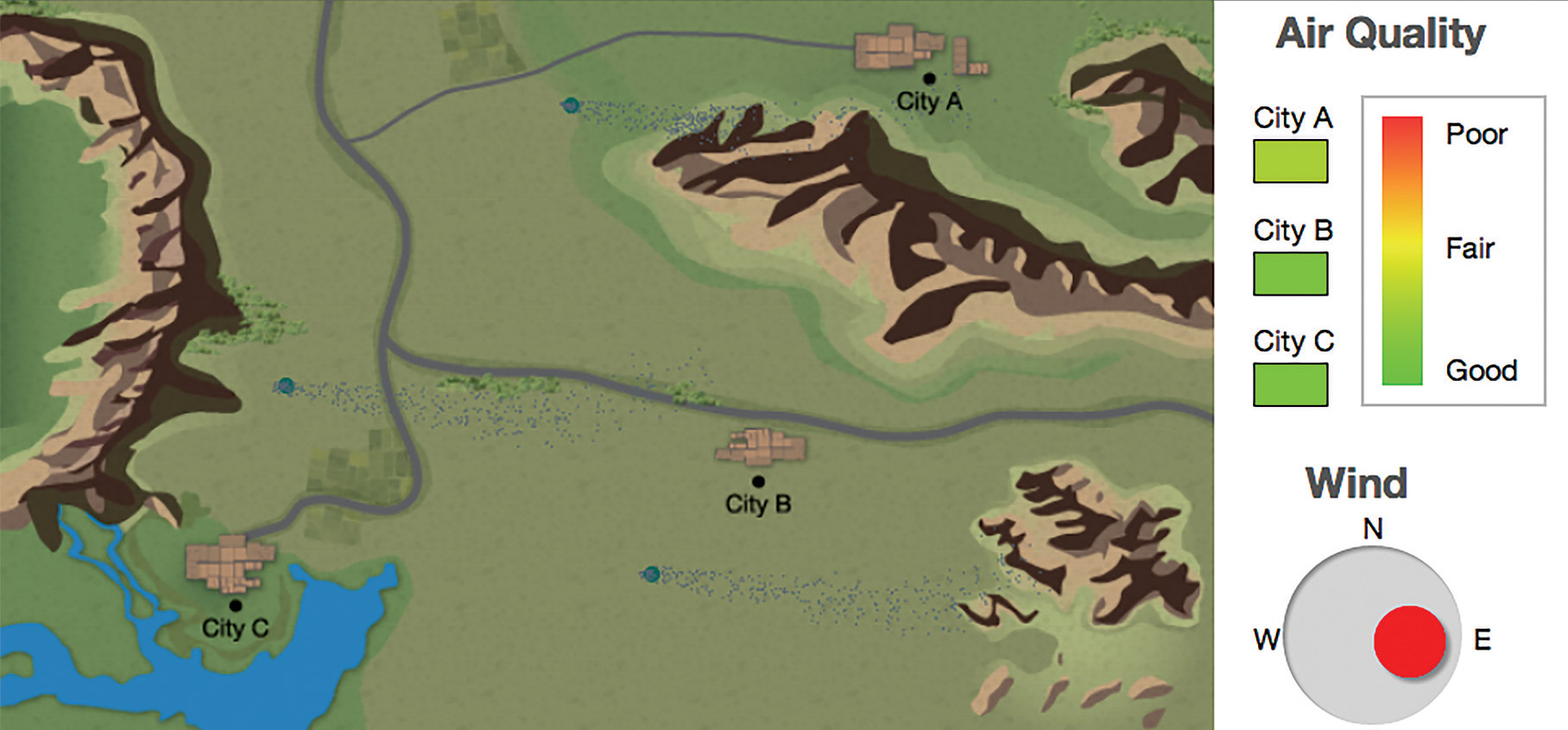Great Questions Make for Great Science Education
In science and in education, questions are guideposts. They provide direction, pointing to the unknown, the frontier. The greatest advances in science occur at the interface between the known and the unknown. In pursuit of answers to these questions, scientists have shaped our understanding of the world around us. As knowledge has evolved, so too have the questions. Earlier questions about the Earth focused on how continents moved or on the age of the Earth. Many of today’s questions center on issues concerning the planet’s capacity to support the growing human population.

Learning to love questions is important. At the frontier, scientists haven’t yet discovered the answers; they continue to puzzle through the data, searching for a better understanding of the world. One of the main goals of our High-Adventure Science project is to engage students in the questions themselves, in the same way scientists approach unanswered questions. The idea came from the 125th anniversary edition of the journal Science entitled “125 Questions: What don’t we know?” Dedicated to describing the most compelling questions then facing scientists, this issue had us hooked, and we hoped similar questions would also engage pre-college science students.
Educators know that sound teaching usually begins with a compelling question. The difference with questions in frontier science is that in the end there won’t be definitive answers. In fact, they often lead to more questions. We developed six High-Adventure Science online curriculum lessons with questions such as “What is the future of Earth’s climate?” and “What are our choices for supplying energy for the future?” to engage students in the broader topics (see sidebar, page 6). An equally important driver behind the curriculum is to help students understand the science of natural systems, so they can begin to recognize and appreciate the different factors that affect the systems. Part of understanding the science lies in determining what is known and what is still unknown, and students are confronted with these questions regularly throughout each lesson.
Start with the science
The High-Adventure Science strategy is to present the science as clearly and objectively as possible, to set the stage for data and models to drive student understanding. Real-world data are complex, so we break down the material into manageable pieces, providing scaffolding for interpretation of the evidence. Approaching the topics this way makes students more likely to be receptive to the information and less likely to get overwhelmed.
Use computational models
Every High-Adventure Science lesson includes a set of increasingly complex dynamic computer models that represent the system under study. Students can change parameters and observe the outputs, which helps them gain insights about each system and its many interacting parts. Because natural systems are complex, we guide students to explore the influence of a selected variable in the presence of other variables on the system, something that is often difficult to do in complex real-world Earth systems (Figure 1).
Analyze data
Even sophisticated models are simplified representations of a system, so students compare model output—and their own conclusions—to real-world data. For example, in the climate lesson, students learn to interpret temperature data derived from ice cores or data collected on the changes in carbon dioxide levels in the atmosphere. As students investigate the data, they discover the relationship between these environmental factors. By combining real-world data with their own experimental data from the climate models, students can look at causality, trends and complexity in the system.
Frontier science means uncertainty
Since frontier questions have no clear-cut answers, the curriculum helps students to address uncertainty and sources of uncertainty as a key scientific practice. The High-Adventure Science project has developed a scientific argumentation item set, which addresses scientific claims and sources of uncertainty. Each argumentation item set includes four prompts that require students to 1) make a scientific claim, 2) explain the claim based on evidence, 3) express their level of certainty with the claim, and 4) describe the sources of certainty. These item sets, used throughout the curricula as well as in pre- and post-tests, encourage students to reflect on evidence from models and real-world data, and evaluate the certainty of scientific claims. We also created and validated an assessment framework that measures students’ formulations of uncertainty-infused scientific arguments.
What we have learned
To date, 53 field test teachers have used these activities with over 4,500 students as part of our research. Based on the uncertainty-infused scientific argumentation framework,* we developed scientific argumentation assessment tasks for each lesson, and validated the items with early year pre-test data. Lesson-specific questions were then used as pre- and post-test items. Students have shown significant improvement in their understanding of both science content and scientific argumentation ability as measured on the pre- and post-tests for each lesson.
The future
Over 20,000 users have used the High-Adventure Science lessons, and we expect that number to grow. Two High-Adventure Science curriculum lessons are now available on the National Geographic Education website with more scheduled to go online over the next few months. Our partnership with National Geographic has allowed us to share our resources with their audience and benefit from the expertise of their designers, teacher support frameworks and wealth of related materials.
In addition, thanks to a new grant from the National Science Foundation, students will soon be able to get real-time feedback on their answers to the argumentation prompts. We are currently working with Educational Testing Service (ETS) to develop automatic scoring and feedback associated with the argumentation assessments.
We also hope to create new lessons because Earth science and environmental science are both full of exciting questions. When and where will the next earthquake strike? How big will it be? How does land use affect the atmosphere? The frontier keeps changing, inspiring us as educators to bring these questions to the classroom.
*Lee, H.-S., Liu, O. L., Pallant, A., Roohr, K. C., Pryputniewicz, S., & Buck, Z. (2014). Assessment of uncertainty-infused scientific argumentation. The Journal of Research in Science Teaching, 51(5), 581-605.
Amy Pallant (apallant@concord.org) directs the High-Adventure Science project.
Sarah J. Pryputniewicz (spryputniewicz@concord.org) is a research assistant.
This material is based upon work supported by the National Science Foundation under grant DRL-1220756. Any opinions, findings, and conclusions or recommendations expressed in this material are those of the author(s) and do not necessarily reflect the views of the National Science Foundation.

